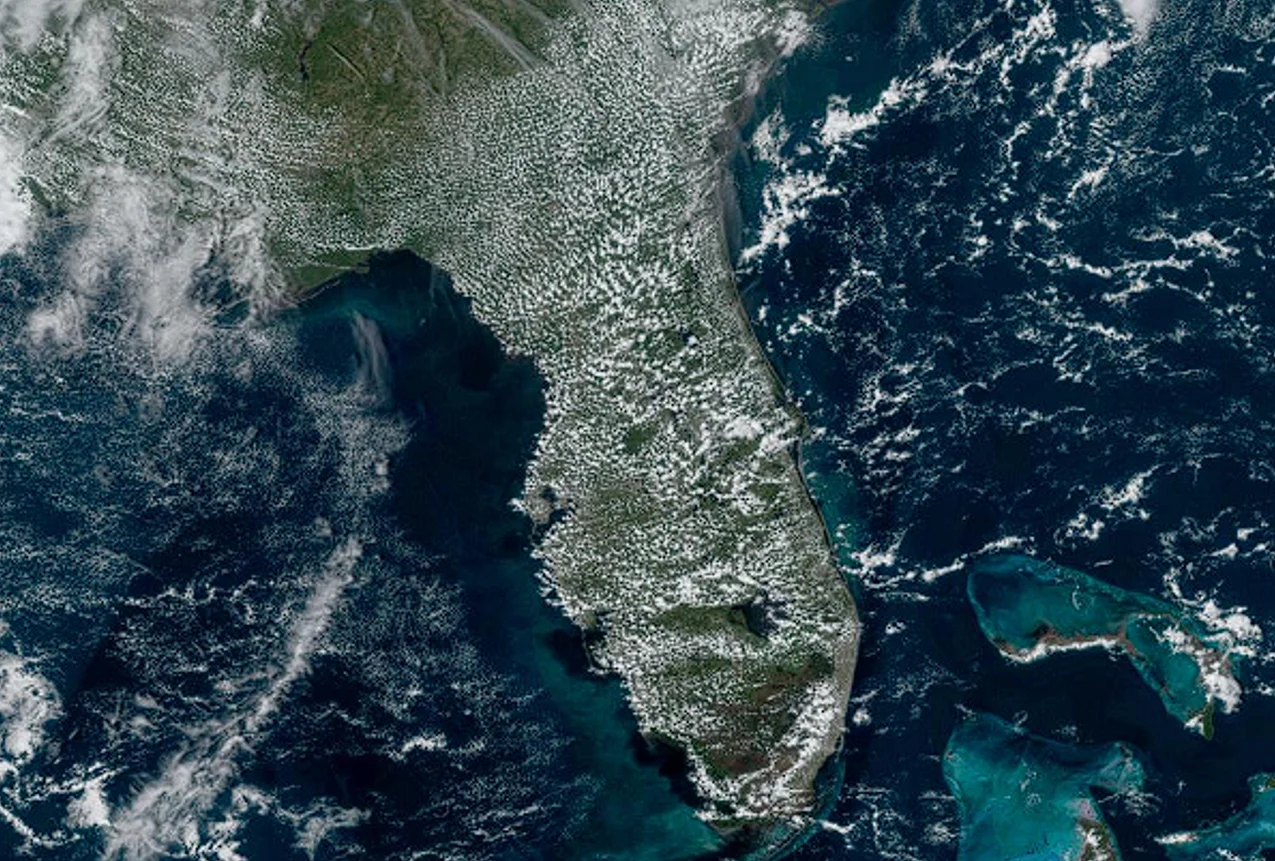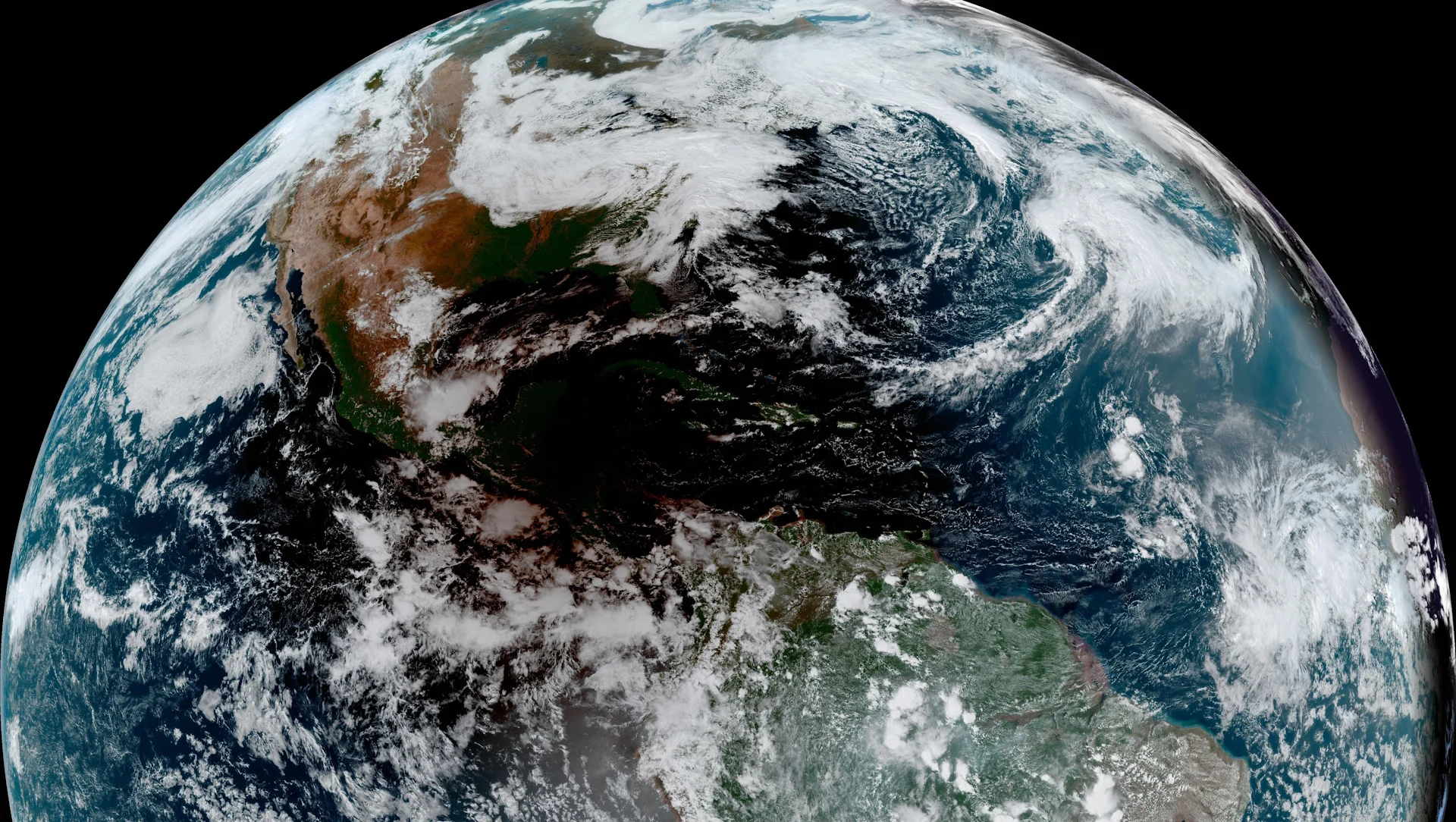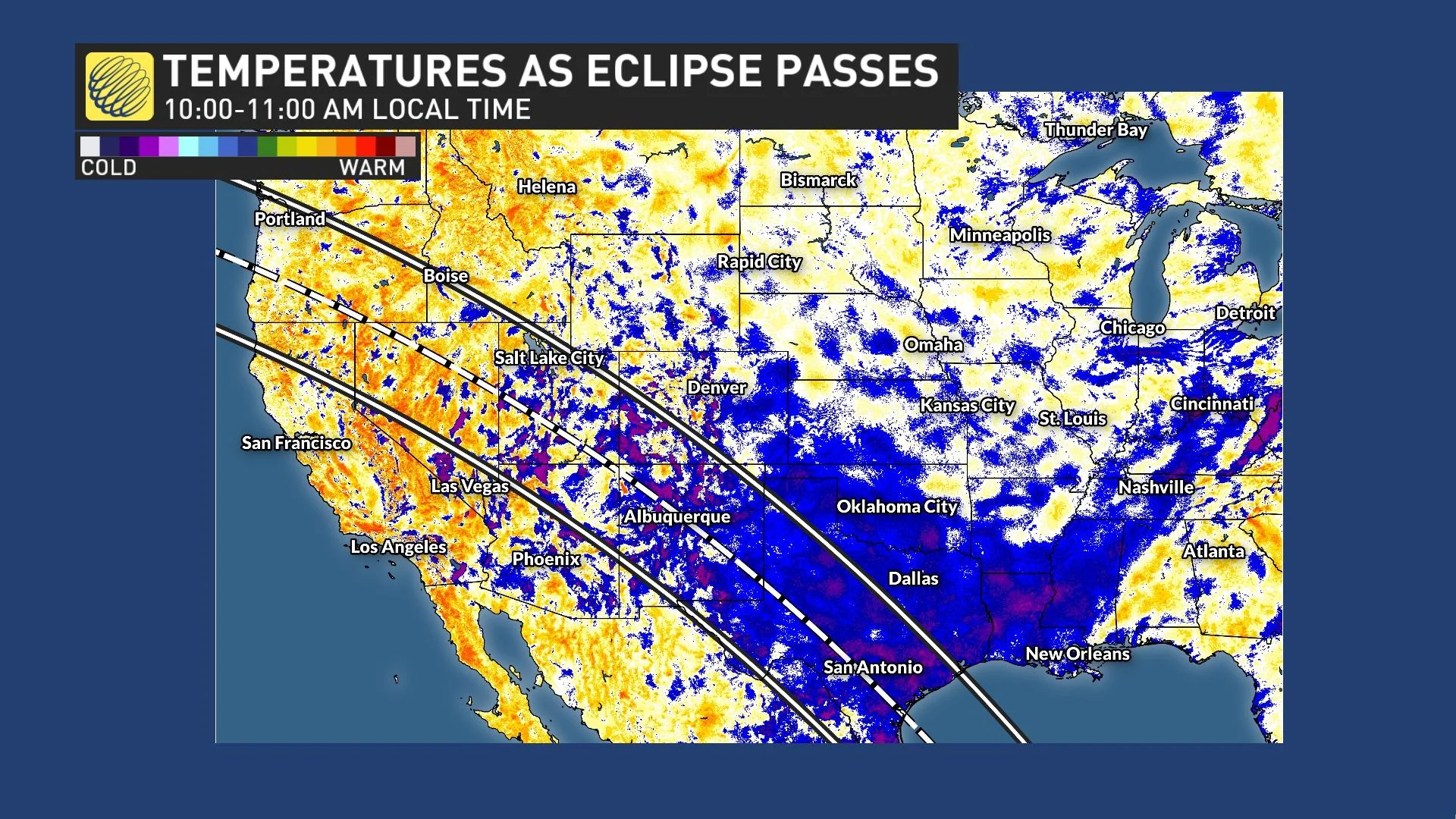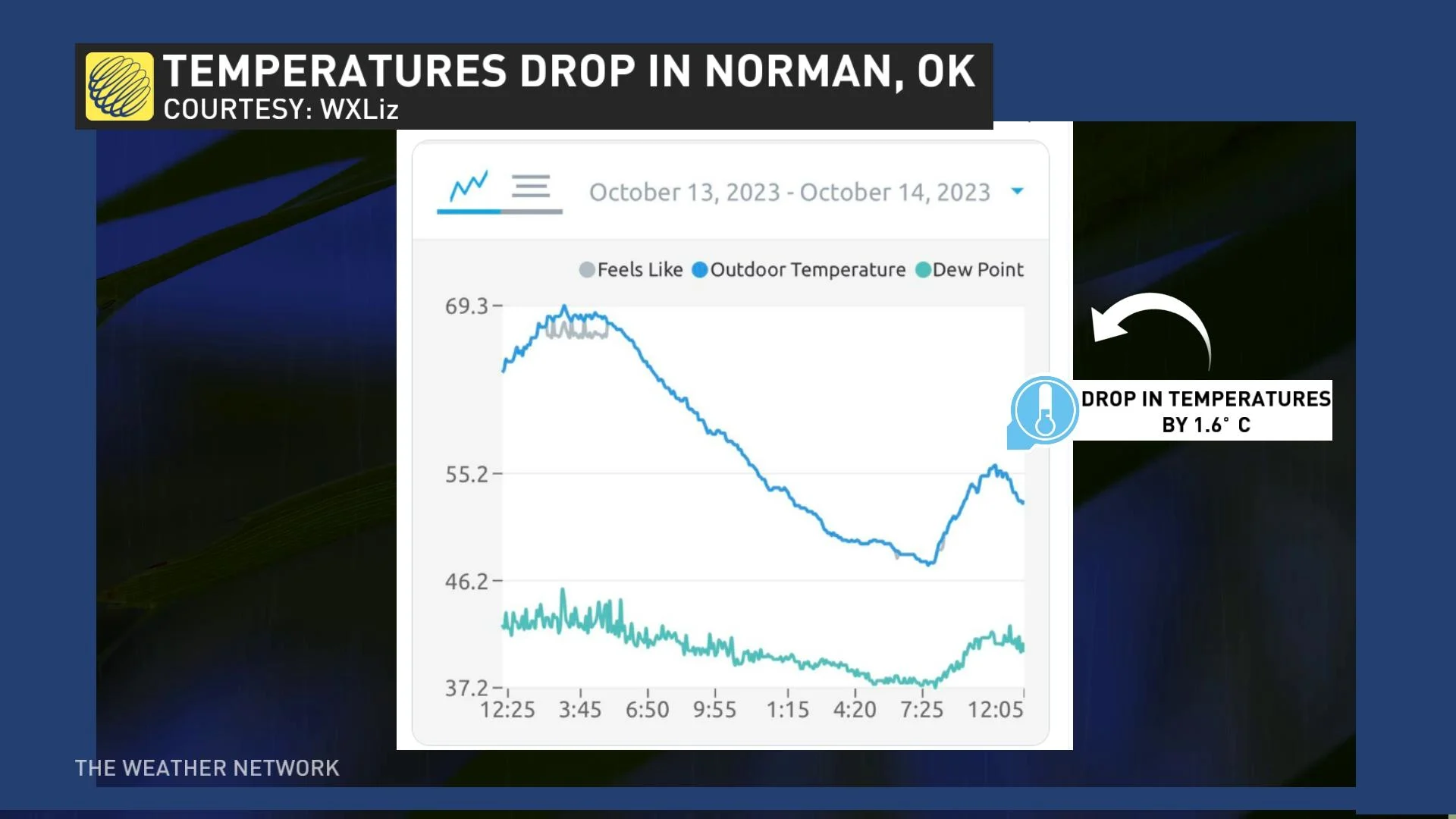
Canada’s next solar eclipse could change the weather
Ready for your next solar eclipse, Canada? Here are some of the surprising ways it could affect your weather
A solar eclipse is a magnificent sight. Experiencing day slip to night as the Moon briefly passes in front of the Sun can have a profound effect on those who witness such an awesome spectacle.
This rare event can also have a measurable impact on weather along the path of the Moon’s shadow. Recent solar eclipses gave meteorologists the perfect opportunity to observe how the loss of sunshine can affect the atmosphere, and the results are pretty astonishing.
And better yet—folks across Ontario, Quebec, and the Atlantic provinces could witness similar changes as a total solar eclipse arrives in Canada on April 8, 2024.
DON'T MISS: Everything you need to know for April's spectacular and rare solar eclipse
Solar radiation drives daily weather
We deal with so many mammoth storms that it’s easy to overlook how much the sunshine plays a role in our day-to-day weather.
An average day would see a big swing in temperatures as solar radiation heats up the ground in a hurry during the day, and conditions cool off just as fast after sunset.

Seemingly endless fields of cumulus clouds are a common sight on warm afternoons, as seen here over Florida on October 5, 2023. (NOAA)
During the warmer months, this daytime heating leads to rising air that gives us an iconic sky full of puffy cumulus clouds on a toasty afternoon.
Sunshine even plays a role in winds throughout the day. The same convection that creates vast fields of cumulus clouds also serves to mix the air and generate a refreshing breeze. This is usually why breezes calm down once day wanes to night.
But things change in a hurry once you take away that sunshine—even for just a couple of minutes.
WATCH: 2023’s annular solar eclipse provided stunning views across North America
PHOTOS: 'Ring of fire' solar eclipse sparkles over Canada, U.S.
2023 eclipse noticeably cooled temperatures
Two recent solar eclipses that soared over the United States gave meteorologists great opportunities to study how the sudden loss of solar radiation can affect the atmosphere.

The shadow from the annular solar eclipse on October 14, 2023, as seen on visible satellite imagery. (NOAA)
PLAN AHEAD: Canada, next year we're in for a once-in-a-lifetime solar eclipse
The annular solar eclipse of October 2023 spanned the western portion of the U.S., travelling northwest to southeast from Oregon to Texas.
While it was easy to trace the path of the Moon’s shadow using visible satellite imagery, we could also follow the eclipse by monitoring weather data.
Temperatures along the path of the eclipse noticeably declined while the shadow moved along Earth’s surface. The effect wasn’t as pronounced west of the Rockies, where clouds already kept temperatures cooler than usual.

But temperatures dropped by more than 1°C amid clear skies over places like Texas and Oklahoma as the sunshine dimmed during the peak of the eclipse.
The map above shows one-hour temperature changes as the eclipse crossed the Rockies, with blue colours indicating where temperatures dropped during the shadow’s passage.
A meteorologist in Norman, Oklahoma, posted data from her personal weather station showing temperatures dropped 1.6°C (3.2°F) during the peak of the eclipse—and Oklahoma didn’t even experience totality.

Many weather observations from the region also showed that winds calmed down as the atmosphere cooled during the eclipse's onset, picking up again as usual once daytime heating resumed.
This effect follows every solar eclipse that sees a significant chunk of the Sun slip behind the Moon.
A total solar eclipse that swept the U.S. from coast to coast in August 2017 provided even richer data, as meteorologists launched weather balloons during totality to gather even more detailed observations.
What Canadians could expect in April 2024
We’re going to see a spectacular total solar eclipse arrive in Canada on the afternoon of April 8, 2024.

The eclipse will move southwest to northeast over the central U.S., with the shadow of total coverage clipping southern Ontario, southern Quebec, and portions of Atlantic Canada.
Not only will this once-in-a-lifetime event provide a memorable experience for millions of Canadians, but it could noticeably alter the weather across the region.
Header image courtesy of NASA.






